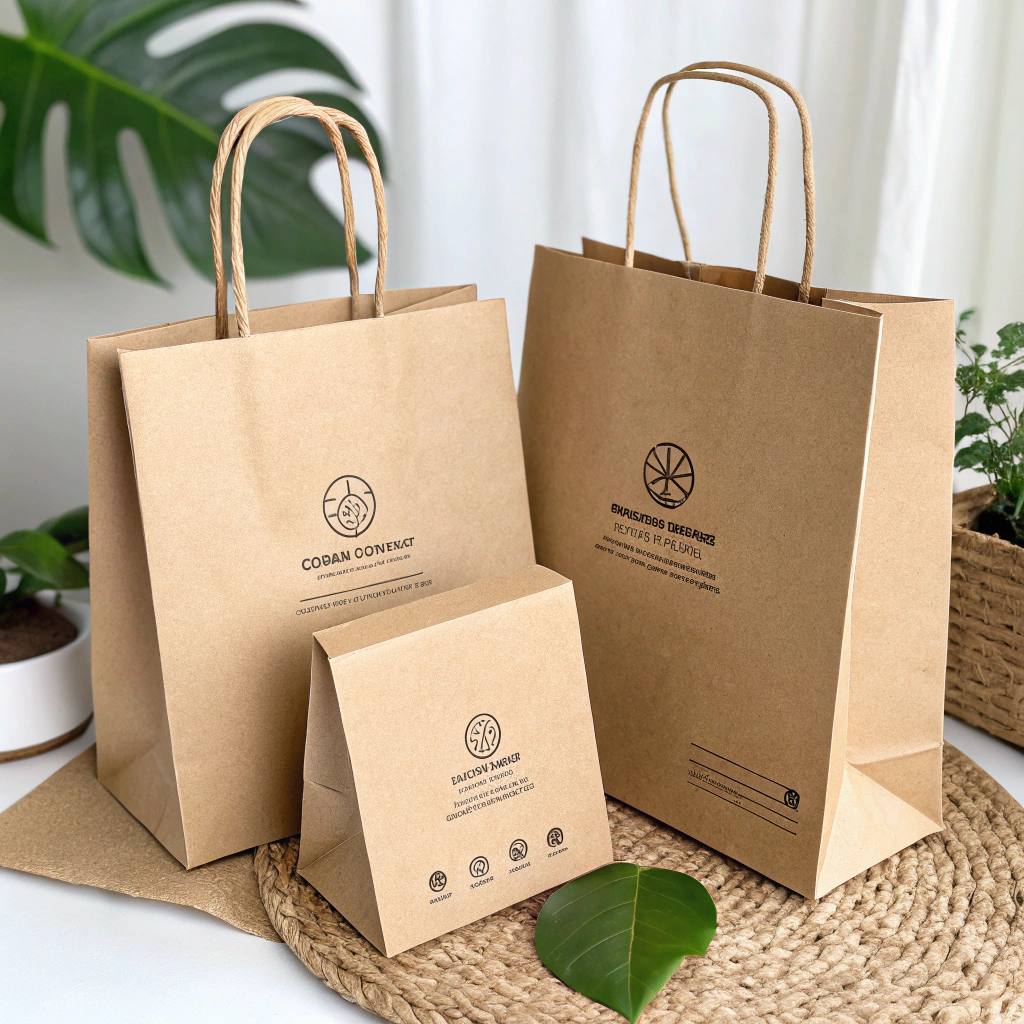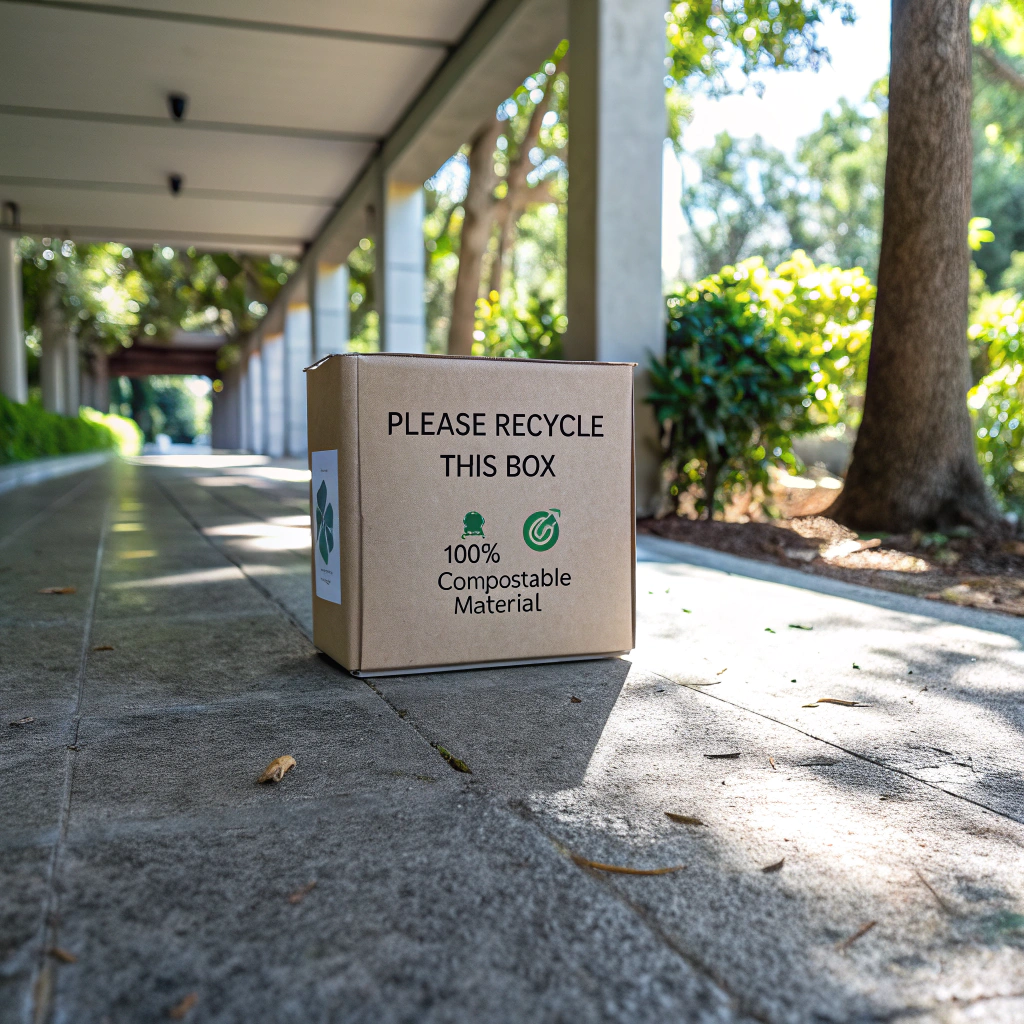How to Make Your Packaging More Sustainable in 2025
In a world increasingly driven by conscious consumerism and environmental responsibility, sustainable packaging is no longer a nice-to-have—it’s a necessity. In 2025, both businesses and consumers are demanding smarter, greener, and more circular packaging solutions. Whether you’re a small e-commerce brand or a multinational retailer, your packaging speaks volumes about your values.
1. Prioritize Recyclable and Biodegradable Materials
The simplest place to start is with the materials you choose. Aim for paper-based materials like corrugated cardboard, kraft paper, and molded pulp that are:
- Recyclable
- Biodegradable
- Made from post-consumer waste (PCW)
Look for certifications like FSC® to ensure materials come from responsibly managed forests.
Pro tip: Choose uncoated or water-based inks to keep packaging fully recyclable.
2. Reduce Excess Material and Waste
In 2025, less is more. Excessive packaging adds cost, waste, and carbon emissions. Start by:
- Right-sizing your boxes to fit products precisely
- Eliminating double-boxing unless necessary
- Using custom die-cuts or inserts instead of plastic fillers
This not only reduces your environmental footprint but also improves customer satisfaction.
3. Embrace Minimalist, Brand-Forward Design
Today’s consumers are drawn to clean, sustainable aesthetics. Move away from glossy laminates and heavy plastic films toward natural textures and simple branding that aligns with your values.
Ideas to implement:
- Print inside the box for a surprise effect
- Include a QR code linking to your sustainability story
- Use soy- or algae-based inks to stay green

Modern eco-friendly packaging using kraft materials and clean design.
4. Explore Reusable or Returnable Packaging
Reusable packaging is gaining traction in subscription services and B2B supply chains. Consider:
- Returnable containers with incentives
- Plastic-free reusable mailers
- Fabric sleeves or local delivery crates
5. Source Locally to Lower Emissions
Sourcing from overseas adds emissions. Instead:
- Partner with local packaging suppliers like Imperial Paper
- Choose recycled materials from nearby sources
- Reduce shipping complexity and emissions
6. Measure Your Impact with Sustainability Metrics
Track your progress with clear packaging KPIs:
- Packaging-to-product ratio
- Total packaging weight per shipment
- % of recyclable or compostable content
- CO2 emissions from sourcing to delivery
Tools like Life Cycle Assessments (LCAs) or COMPASS by the Sustainable Packaging Coalition can help.
7. Educate Customers on Disposal
Make disposal instructions clear and visible:
- “Please recycle this box.”
- “100% compostable material”
- Simple icons or QR codes for instructions

What’s Next for Sustainable Packaging?
Looking ahead, we’ll see:
- Algae-based foams and mushroom packaging
- Smart packaging with embedded tracking tech
- Plastic-free adhesives and water-activated tape
Imperial Paper is exploring these trends to help your brand stay ahead.
Final Thoughts
Sustainable packaging isn’t just about the environment—it’s a strategic brand decision. With the right materials, partners, and processes, your packaging can delight customers while protecting the planet.
At Imperial Paper, we’re committed to helping your business succeed sustainably. Let’s work together to create eco-conscious packaging solutions tailored to your brand.
📞 Contact us or browse our eco-friendly products to get started today.
